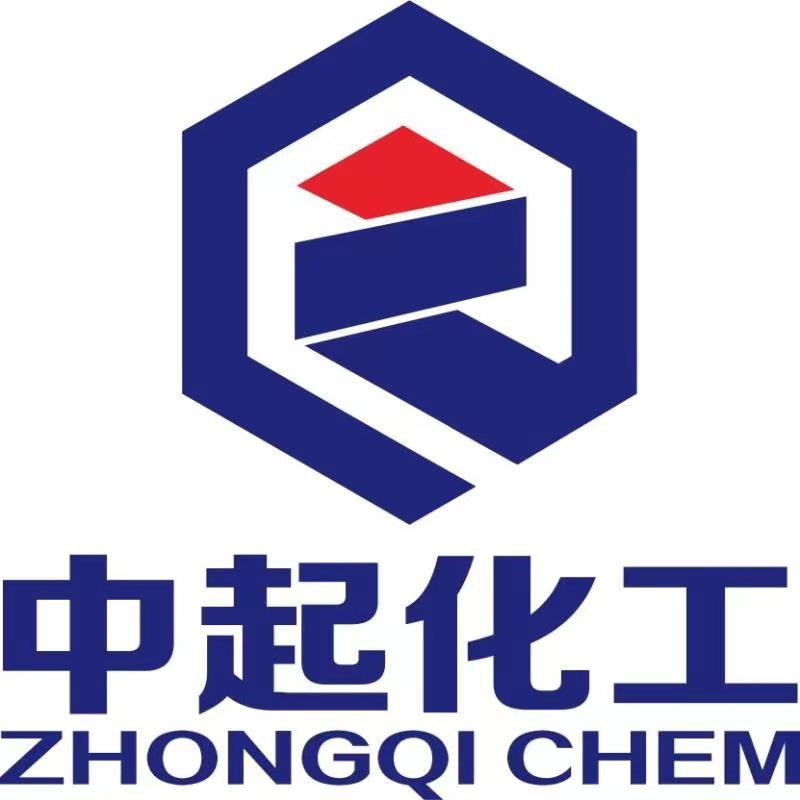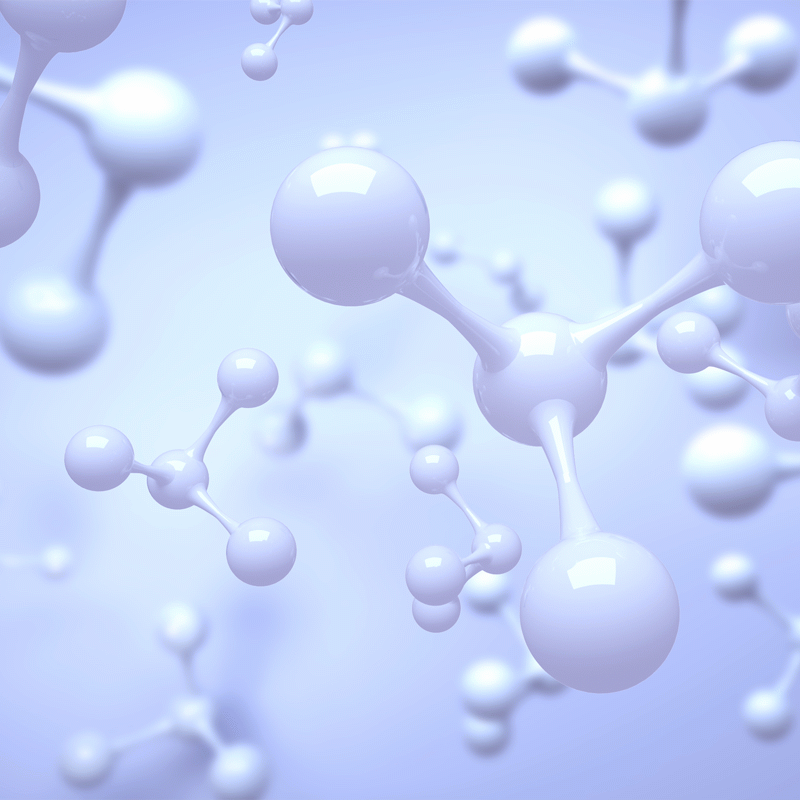-
Categories
-
Pharmaceutical Intermediates
-
Active Pharmaceutical Ingredients
-
Food Additives
- Industrial Coatings
- Agrochemicals
- Dyes and Pigments
- Surfactant
- Flavors and Fragrances
- Chemical Reagents
- Catalyst and Auxiliary
- Natural Products
- Inorganic Chemistry
-
Organic Chemistry
-
Biochemical Engineering
- Analytical Chemistry
-
Cosmetic Ingredient
- Water Treatment Chemical
-
Pharmaceutical Intermediates
Promotion
ECHEMI Mall
Wholesale
Weekly Price
Exhibition
News
-
Trade Service
The production process of 2,4-diamino-1-methylcyclohexane is an important aspect of the chemical industry.
The compound is commonly used in various industrial and commercial applications, and its production process involves several steps that must be carried out with precision and care.
- Synthesis of 1-methylcyclohexene
The first step in the production process of 2,4-diamino-1-methylcyclohexane is the synthesis of 1-methylcyclohexene.
This is typically achieved through the alkylation of cyclohexene with methylene chloride in the presence of a Lewis acid catalyst such as aluminum chloride. - Hydrogenation of 1-methylcyclohexene
The next step is the hydrogenation of 1-methylcyclohexene to produce 1-methylcyclohexanol.
This is typically achieved using a hydrogenation reactor that is equipped with a catalyst such as palladium on barium sulfate. - Nitration of 1-methylcyclohexanol
After the hydrogenation step, the 1-methylcyclohexanol is treated with nitric acid to produce 1-methylcyclohexanone.
This step is typically carried out in a nitration reactor that is equipped with a catalyst such as sulfuric acid. - Demethylation of 1-methylcyclohexanone
The next step is the demethylation of 1-methylcyclohexanone to produce 2,4-diamino-1-methylcyclohexane.
This is typically achieved using a catalyst such as ammonia in the presence of water. - Purification and isolation of the product
The final step in the production process of 2,4-diamino-1-methylcyclohexane is the purification and isolation of the product.
This is typically achieved by using chromatography techniques such as distillation or crystallization.
In conclusion, the production process of 2,4-diamino-1-methylcyclohexane involves several steps that must be carried out with precision and care.
These steps include the synthesis of 1-methylcyclohexene, its hydrogenation to 1-methylcyclohexanol, its nitration to 1-methylcyclohexanone, and its demethylation to 2,4-diamino-1-methylcyclohexane.
The final step involves the purification and isolation of the product, which is typically done using chromatography techniques.







